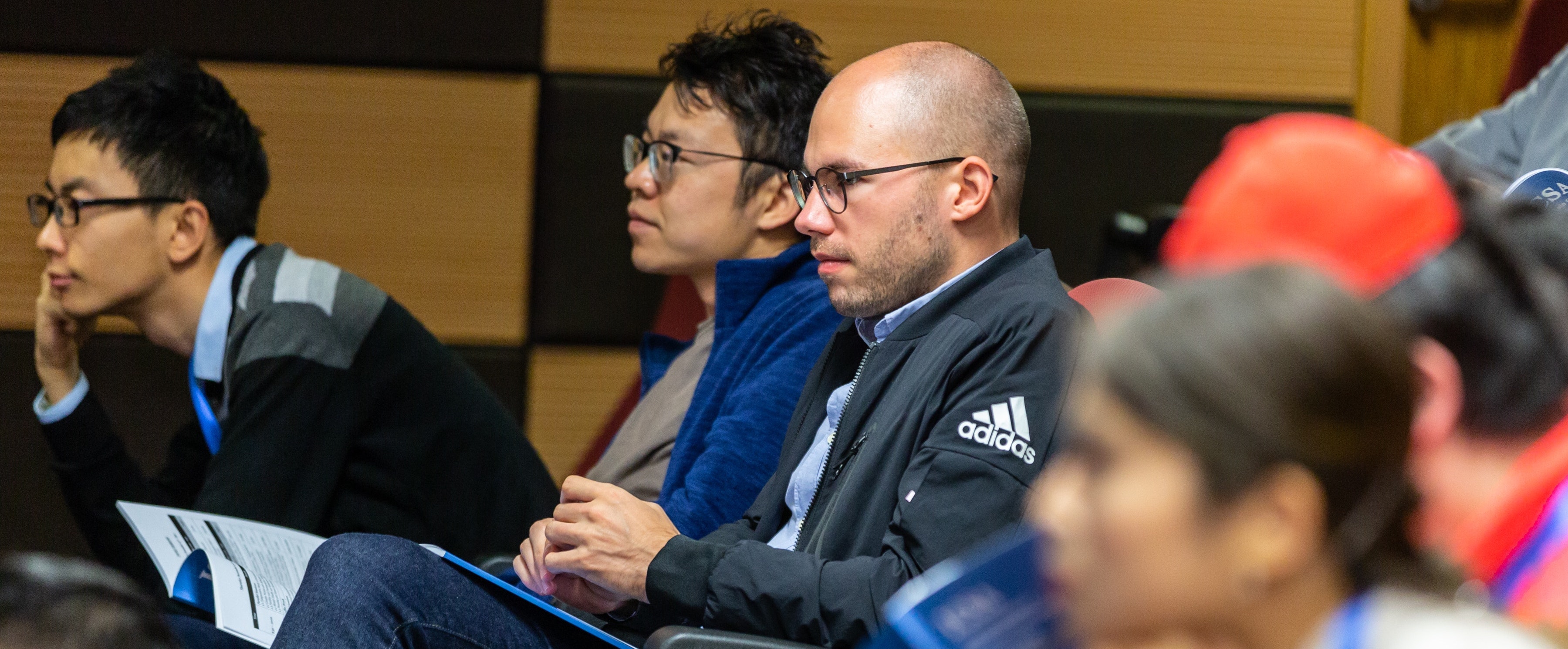Analysis of the Education and Supply of Science, Technology, Engineering, and Mathematics (STEM) Graduates and Career Trajectories

Analyzed the STEM pipeline of workers from high school through mid-career.
This project examined the STEM “pipeline” from high school through mid-career. Using multiple longitudinal datasets and cross-sectional data, as well as educational data (tests, surveys), the study examined changes in supply of STEM students and demand for STEM workers since the 1970s. The study generated several key findings. U.S. schools at both secondary and postsecondary levels are producing a supply of STEM students that meet and probably exceed demand. Tests, such as PISA, TIMSS, and NAEP, show U.S. students improving their math, science, and overall academic performance over the past four decades; that is, year-over-year performance that shows steady and significant improvement in all subjects and, importantly, the amount of math and science course taking. Examining student cohorts beginning in the 1970s to 2000, the study found that the overall flow of students with math- and science-related skills who are choosing and staying in those fields has remained strong. However, high-achieving students appear to be choosing careers other than STEM because they seemed to regard math- and science-focused careers as less attractive than other options, such as business, health care, and law. The study pointed to a few needs in STEM education: the need for targeted education policy to focus on the populations in the lower portion of the performance distribution, the need to better understand why the “demand side” fails to attract more graduates into the science and engineering workforce, and the need to balance public and private investment between domestic development of the science and engineering workforce supply and global collaboration as a longer-term goal.